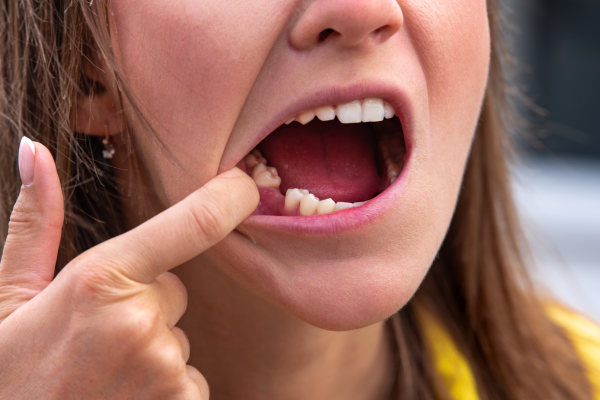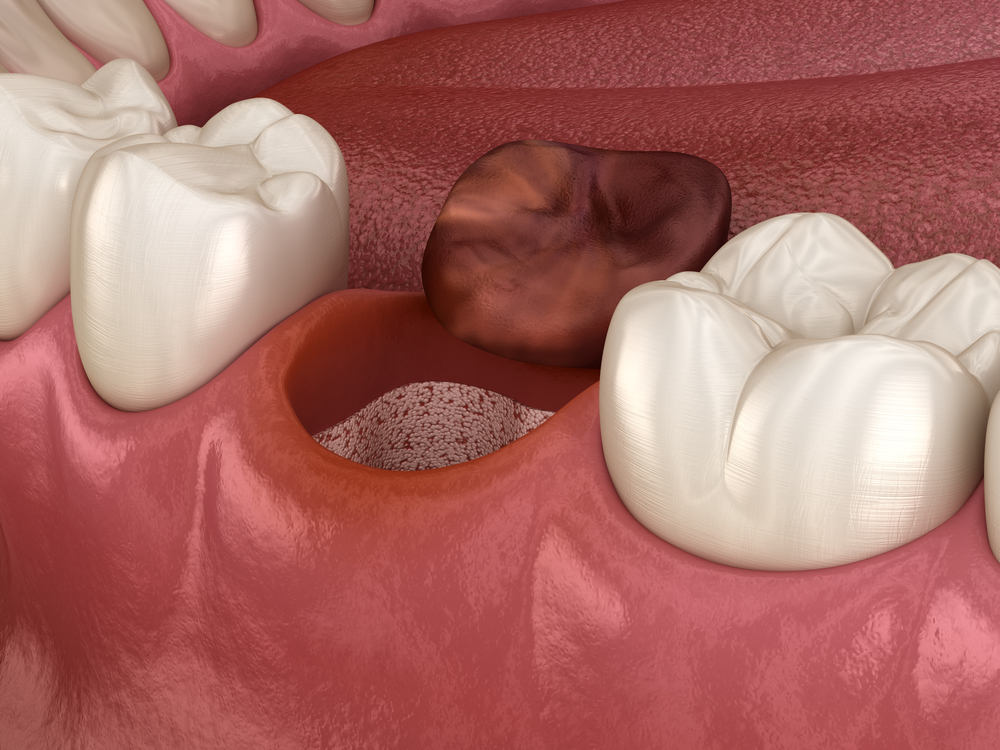Alveolar osteitis, often known as dry socket, is a frequent side effect that can happen following tooth extraction, says a dentist in Brooklyn, NY. Even while it’s usually avoidable with the right treatment, if it does happen, it may be quite uncomfortable and slow down the healing process. For inhabitants of Brooklyn, New York, a speedy recovery from dry socket requires a grasp of the condition’s causes, symptoms, and available treatments. This comprehensive guide will provide you with important insights into dry sockets, enabling you to identify their symptoms and take the necessary action.
What Is a Dry Socket?
A dry socket is a potential complication that happens when the blood clot at the site of surgical extraction of a tooth becomes dislodged or dissolves before you have adequately healed. The clot is necessary to protect the bone and nerve endings while the site where your tooth used to be healed. Without this cushion, the bone and nerves are exposed causing pain and inhibiting proper healing.
Causes of Dry Socket
1. Blood Clot Becomes Dislodged
Dislodgement of a blood clot in the hole that is made when your tooth has been removed. When a patient accidentally touches the site with his or her tongue, fingers, or food.
2. Inadequate Blood Supply
This may result from other causes such as underlying health issues or smoking which diminish blood supply to the site of extraction thereby interfering with the creation or maintenance of a blood clot.
3. Tobacco Use:
To start with smoking or tobacco products can interrupt the recovery process. Suction caused by smoking can displace the natural clot, and tobacco slows down blood flow and healing.
4. Infection:
A new infection in the area where a tooth was removed can disrupt blood clot formation and lead to a dry socket.
5. Improper Aftercare:
Unless a person follows post-extraction care advice (like avoiding certain foods or activities), a dry socket can easily develop.
Symptoms of Dry Socket

1. Severe Pain:
Starting a few days following the extraction, significant pain is the main sign of a dry socket. From the extraction site, discomfort may spread to the side of the cheek, the ear, or the eye.
2. Exposed Bone:
You may also notice some exposed bone in the extraction site after looking around where your tooth was extracted. A dry socket immediately tells me it’s dry because there is no protective blood clot.
3. Foul Odor:
One of the other symptoms of a dry socket is a taste or smell bad from the extraction site. This smell is often the result of food particles, or bacteria getting stuck in an open socket.
4. Swelling and Redness:
The extraction site may appear swollen, red, and inflamed.
5. Delayed Healing:
Recovery from the extraction site might be delayed, or he/she may still feel pain and discomfort.
A dry socket can be a painful complication that may occur after tooth extraction and could lead to delayed healing, but with the right knowledge, it is also manageable as well as preventable. Dry socket is a minor complication that only occurs in up to 5% of extractions, but Brooklyn, NY residents can take preventative steps by watching for the symptoms and following through with proper treatment. If you develop intense pain or other symptoms of a dry socket following tooth removal, then immediately get in touch with your dentist to determine the cause and receive treatment. Following post-extraction care guidelines alongside your regular oral health practices will help you heal well and recover from the extraction as quickly, easily, and efficiently.











